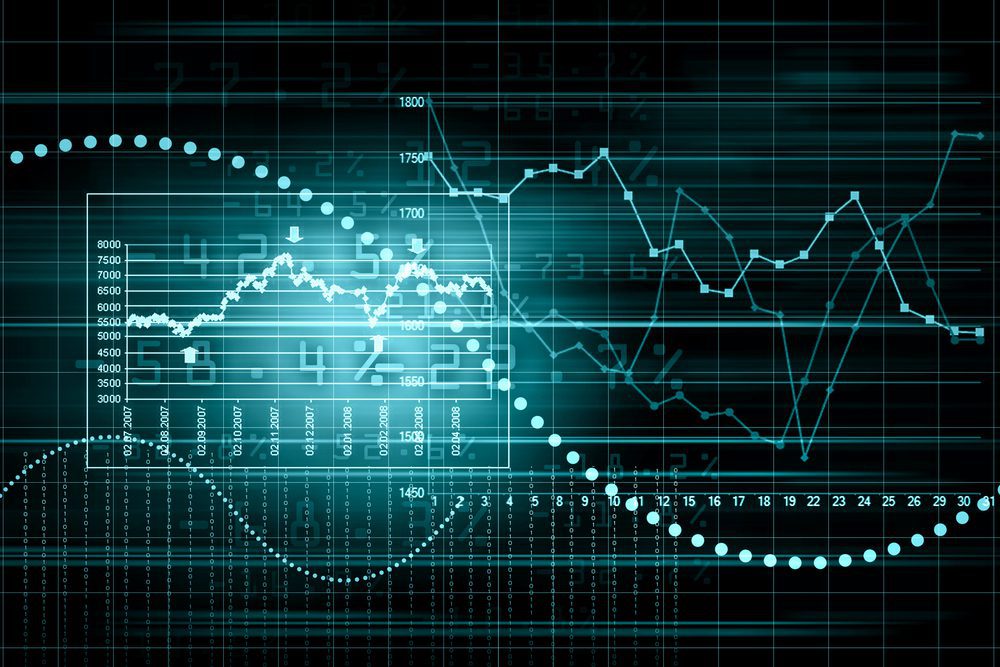Secondary data refers to information that has been collected, analyzed, and published by someone else, typically for a different purpose than the one at hand. This type of data can be extremely valuable for research and decision-making, but it is crucial to ensure that it is reliable and trustworthy. So, how can you determine if secondary data is reliable?
One of the first steps in assessing the reliability of secondary data is to consider the source. Is the data coming from a reputable organization or institution? Is it a well-known and respected publication, such as a peer-reviewed journal or a government report? If the source is credible, it is more likely that the data is reliable.
Next, it is important to consider the methodology used to collect and analyze the data. Was the data obtained through rigorous research methods, such as surveys, experiments, or statistical analyses? Was the data collected systematically and with a clear research question in mind? If the methodology is sound and transparent, it is more likely that the data is reliable.
In addition, it is important to consider the timeliness of the data. Is the information up-to-date and relevant to the current situation? Data that is outdated or no longer applicable may not be reliable for making informed decisions.
It is also important to consider whether the data is consistent with other sources of information. If the data contradicts widely accepted knowledge or other reputable sources, it may not be reliable. Cross-referencing the data with other sources can help to verify its reliability.
Furthermore, it is important to consider the potential biases or conflicts of interest that may have influenced the collection and publication of the data. If the organization or individual responsible for the data has a vested interest in a particular outcome, the data may be biased and unreliable.
Finally, it is important to critically evaluate the data for any errors or inconsistencies. This may involve examining the data for any methodological flaws, data entry errors, or inconsistencies in the findings. If the data seems too good to be true or if there are glaring inconsistencies, it may not be reliable.
In conclusion, it is important to critically evaluate the source, methodology, timeliness, consistency, potential biases, and accuracy of secondary data in order to determine its reliability. By carefully considering these factors, researchers and decision-makers can make more informed and trustworthy use of secondary data for their purposes.
In today’s business world, using secondary data to make important decisions is fundamental to how companies operate.
But here’s the catch: you need to make sure that the data you’re using is reliable. If you don’t, you might end up with faulty information and bad outcomes for your business.
Thanks to the internet, anyone can publish things online. But not everything you see on Google or ChatGPT is legitimate. So, before you rely on any data you find online, you should check whether it’s trustworthy.
How to Check If Secondary Data Is Trustworthy
Take a step back and ask yourself these questions to evaluate the reliability of secondary data.
Who gathered the data? It’s important to know who collected the information. Data from big organizations like the U.S. government is usually more trustworthy than information from some random person’s website. When sourcing information from market research reports, find out about the publishers behind them. Stick with well-known names, or speak with a MarketResearch.com research specialist to learn more about the publisher’s reputation.
What kind of information was collected? Not all the data you find will fit your needs. Sometimes, the data that’s available might be too general for your specific needs, it may not be relevant, or it may not use the correct research methods or sample size. Understanding the scope and methodology of research is critical.
When was the data collected? Time matters. If you want to learn about current trends shaping the market today, you need the most up-to-date data and analysis available. Check the dates to make sure you’re using the newest information.
Why was the data shared? Think about why the data was published in the first place. Consider if any bias may be involved. Sometimes a company is just trying to make itself look good, or a group may attempt to drum up support for its own mission. Always consider the source and how objective it may be. Corporations often rely on third-party market research firms because they are known to be unbiased and have no hidden agenda.
Does the data make sense? Check multiple sources to validate your data. Does the data contradict other reliable sources? Does the data line up with historical trends? Is the data in line with what you know about related fields?
By asking these questions, you can make sure you’re using high-quality data for your business. These days, finding data is easy, but finding good data can set you apart from the competition.
Related Articles
